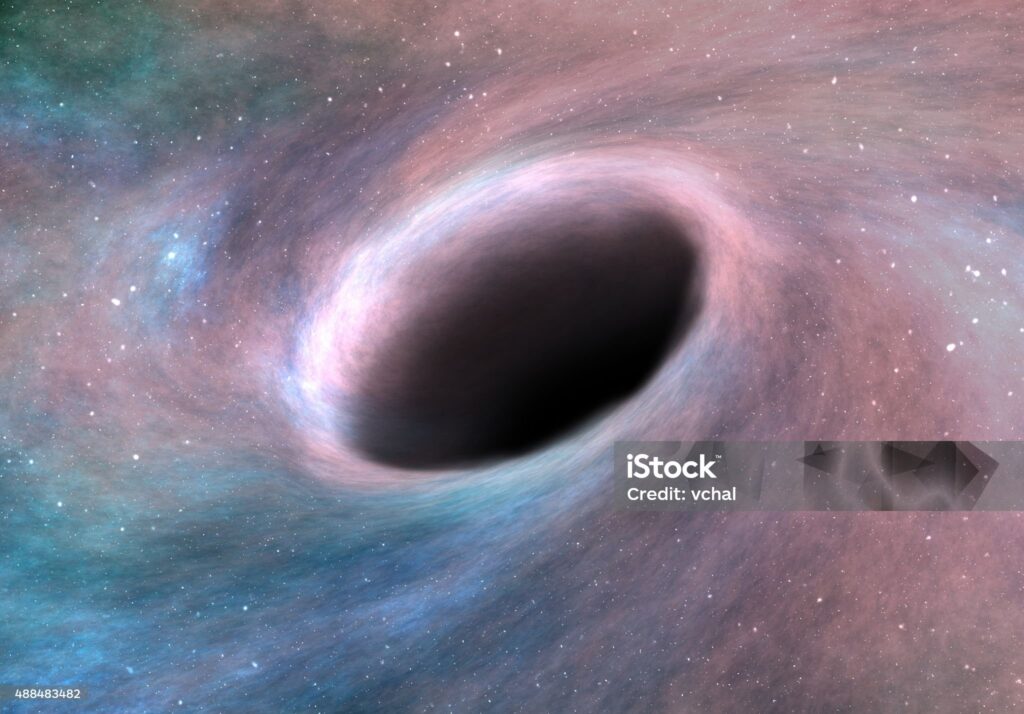“Time Travel Breakthrough: Glass Reveals Mind-Blowing Secrets!”
Title: Unveiling the Fascinating World of Time Reversibility in Glass: A Breakthrough Discovery

Introduction: For centuries, the concept of time travel has captivated human imagination, fueling countless works of fiction and speculation. However, what was once confined to the realms of fantasy has now taken a remarkable leap into the realm of scientific inquiry. In a groundbreaking study published in Nature Physics, scientists have unearthed compelling evidence of time reversibility at a microscopic level, centered around the dynamic behavior of materials like glass.
The Discovery: Led by Till Bohmer and Thomas Blochowicz of the Technical University of Darmstadt in Germany, the research delves into the intriguing phenomenon of time ‘shuffling’ within the molecular structure of certain materials. Unlike traditional molecular arrangements, glass molecules exhibit a constant flux, perpetually rearranging themselves in what appears to be a reversal of time on a minuscule scale.
The Study Methodology: To unravel this enigmatic behavior, the researchers employed sophisticated techniques, including the use of scattered laser light to observe the subtle movements of glass molecules. This ultra-sensitive approach enabled them to document the intricate fluctuations within the molecular structure of glass, providing unprecedented insights into its temporal dynamics.
Implications and Findings: One of the most striking revelations of the study is the realization that time does not adhere strictly to linear progression within certain materials. Instead, glass undergoes a perpetual dance of molecular rearrangement, blurring the distinction between past and present. This intrinsic characteristic challenges conventional notions of time and opens new frontiers in our understanding of material science.
Professor Blochowicz emphasizes the importance of discerning these molecular fluctuations, highlighting the need for advanced technology to capture the subtle nuances of temporal reversibility. While the study does not offer a gateway to conventional time travel, it revolutionizes our perception of everyday materials and their underlying temporal dynamics.
Broader Implications: Beyond its implications for time travel, the discovery holds profound implications for various fields, including physics and materials science. By uncovering the temporal intricacies embedded within glass and similar materials, scientists are poised to unlock new avenues for innovation and exploration.
 The study also prompts a reevaluation of fundamental principles governing the nature of time itself. While macroscopic time travel remains firmly entrenched in the realm of science fiction, the intricate dance of molecules within glass offers a glimpse into the subtle interplay between time and matter.
The study also prompts a reevaluation of fundamental principles governing the nature of time itself. While macroscopic time travel remains firmly entrenched in the realm of science fiction, the intricate dance of molecules within glass offers a glimpse into the subtle interplay between time and matter.
The Limits of Time Travel: Despite the tantalizing insights gleaned from the study, it’s important to temper expectations regarding the feasibility of time travel. A separate study conducted in 2023 underscored the unidirectional nature of time in the universe, dispelling the notion of backward time travel.
This study, which explores the relationship between light and other objects, reinforces the notion that time progresses inexorably forward. While the discovery of time reversibility in materials like glass is undeniably groundbreaking, it does not offer a means to alter the course of history or revisit the past.
Conclusion: In conclusion, the discovery of time reversibility within the molecular structure of materials like glass represents a paradigm shift in our understanding of temporal dynamics. While it may not herald the dawn of conventional time travel, it invites us to contemplate the intricate interplay between time and matter.
As we peer through the lens of scientific inquiry, we are reminded of the boundless mysteries that await unraveling. The journey towards unlocking the secrets of time continues, propelled by curiosity, ingenuity, and a relentless quest for knowledge.




